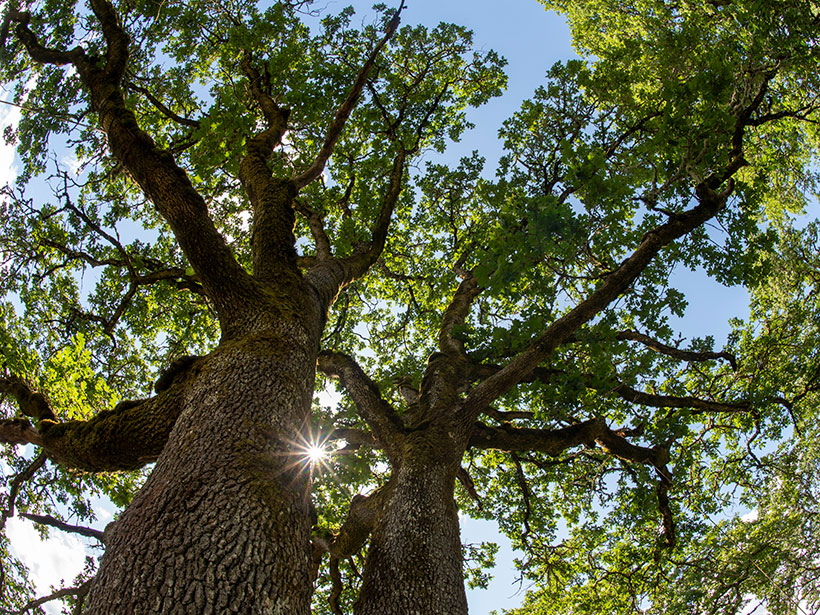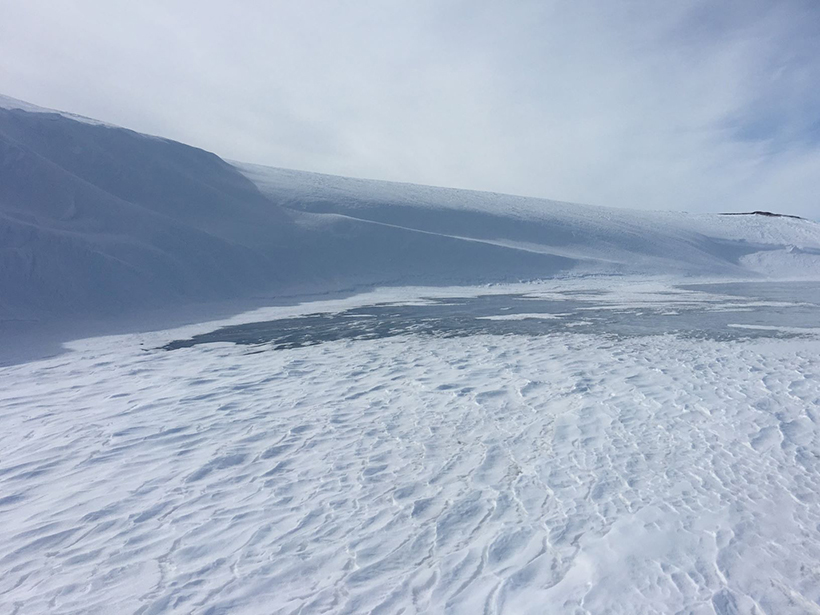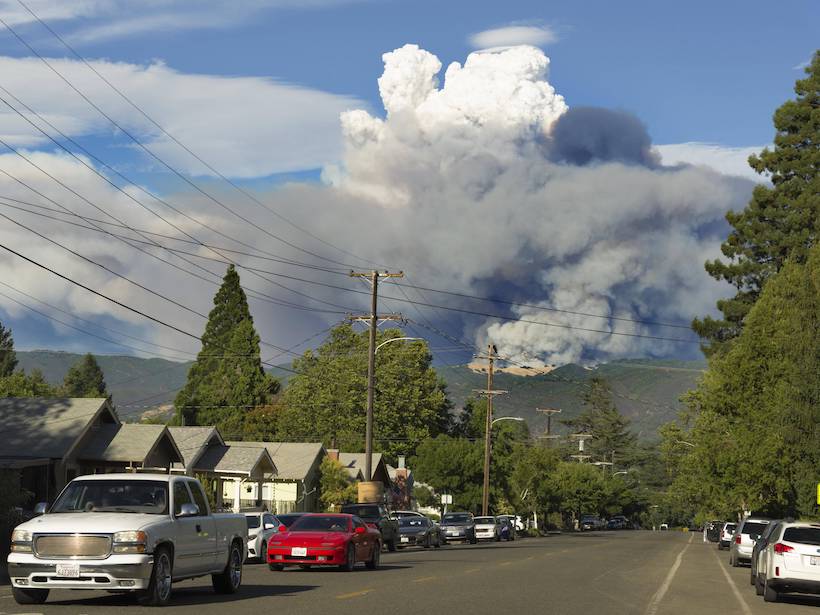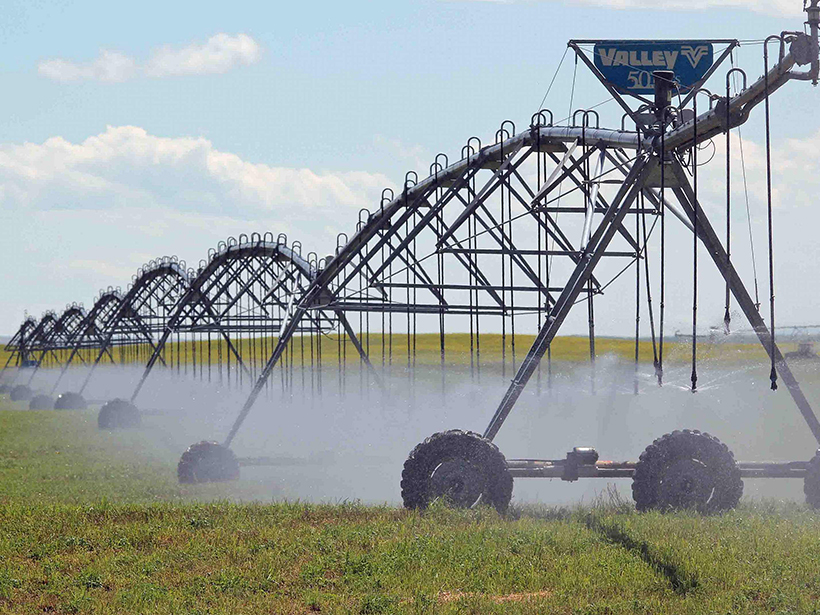Oak trees in California seasonally tap moisture in unsaturated soil and weathered bedrock, even when the groundwater table is within reach of their roots.
Research Spotlights
Research spotlights are plain-language summaries of recent articles published in AGU’s suite of 24 journals.
A Census of Snowdrifts in Northern Alaska
Snowdrifts prove less ephemeral than they might seem, occurring in the same places year after year.
“Thirstier” Atmosphere Will Increase Wildfire Risk out West
New climate projections could inform long-term wildfire and water resources management strategies in California and Nevada.
Can Satellites Fill Gaps in Agricultural Water Monitoring?
Past studies that have estimated irrigation water usage based on satellite remote sensing have had large uncertainties that could hamper effective water management.
Acidifying Oceans Could Get Help from Kelp
Forests of fast-growing kelp influence the chemistry of the water in which they live. A new study evaluates their potential to ameliorate ocean acidification in sensitive coastal ecosystems.
Australia’s Most Extreme Bushfire Season, Statistically Speaking
Researchers identified climatic and geomorphic risk factors that led to record-breaking fires across Australia during the 2019–2020 fire season.
Boosting Weather Prediction with Machine Learning
WeatherBench is a data set compiled to serve as a standard for evaluating new approaches to artificial intelligence–driven weather forecasting.
A Floating Buoy Fleet Could Help Scientists Track Rising Seas
A new observing system to track mean sea level could piggyback on infrastructure already in place and extend the geographic area over which sea level is monitored.
Autonomous Minisubmarine Measures Seawater Conditions
Forecasts of carbonate chemistry in coastal ecosystems determined from seasonal robotic measurements can improve fisheries management and help mitigate short-term ocean acidification events.
Moon May Hold Billions of Tons of Subterranean Ice at Its Poles
By modeling over 4 billion years of the Moon’s impact history, scientists estimate that the lunar poles may harbor billions of metric tons of subsurface ice.










